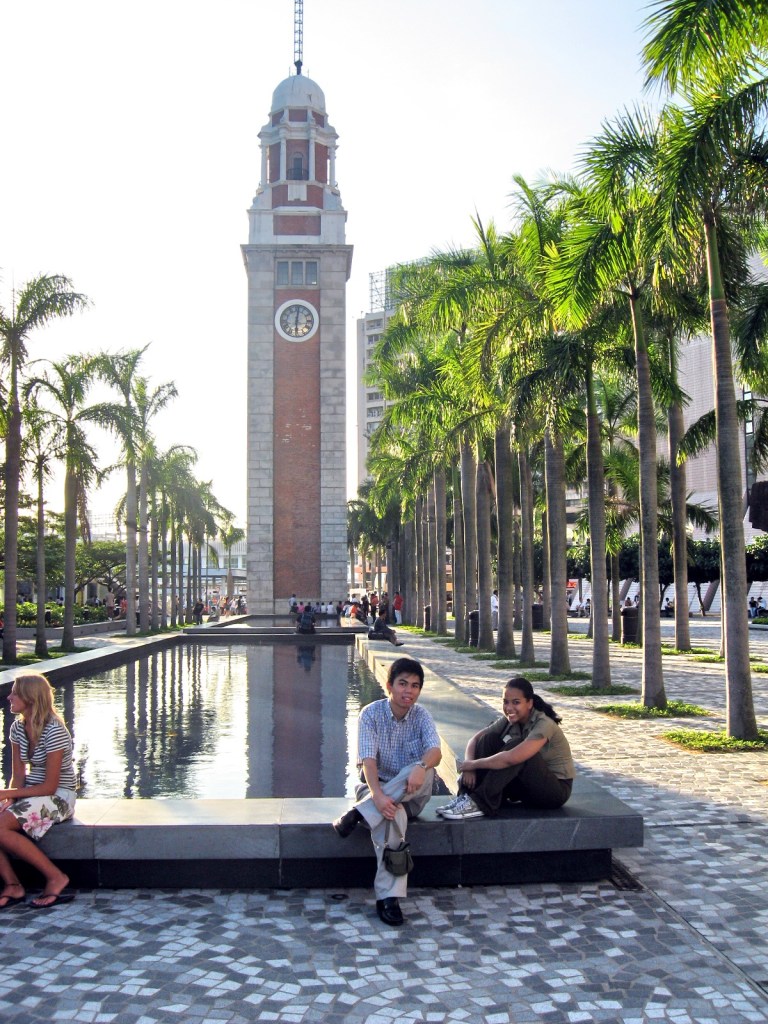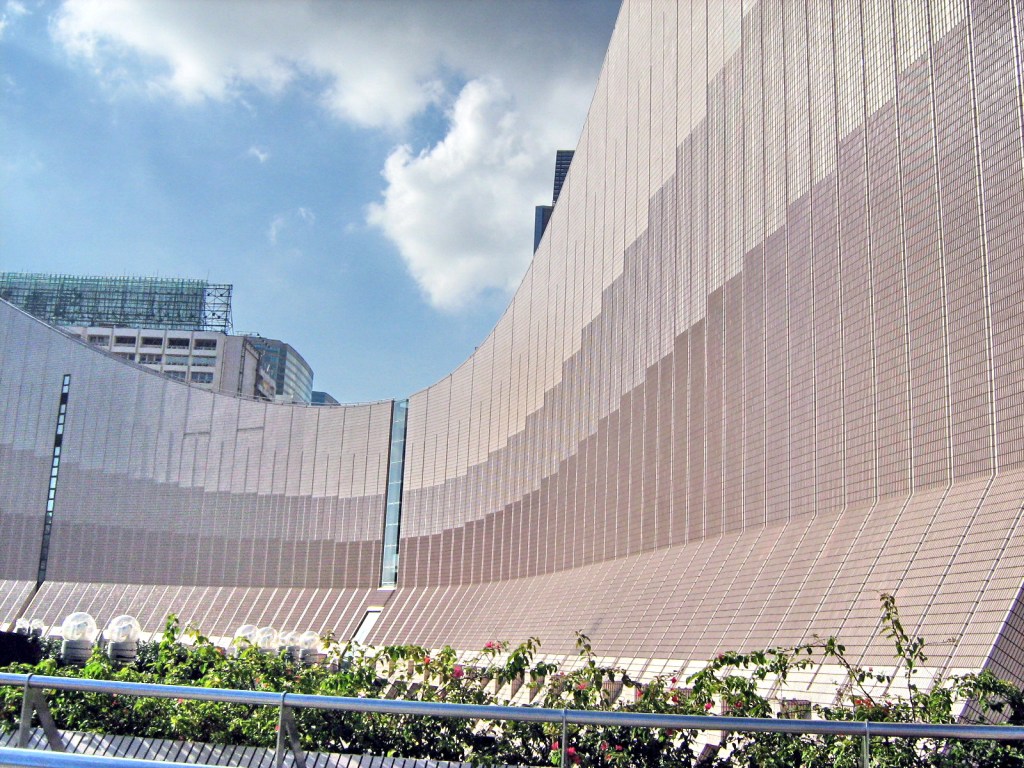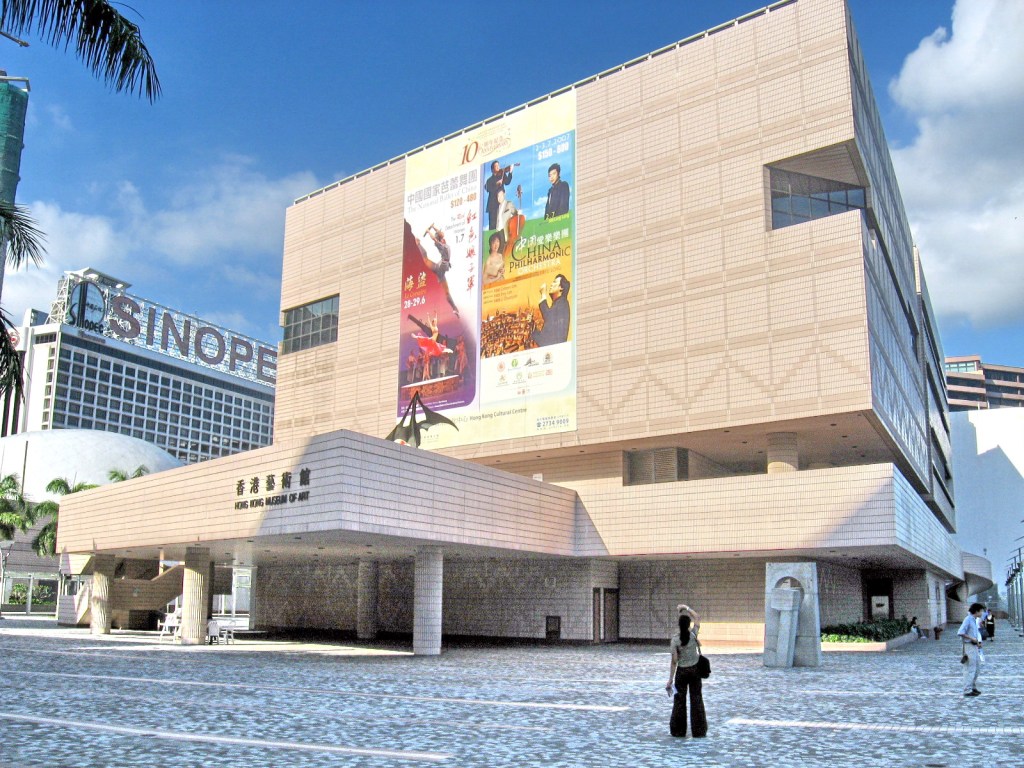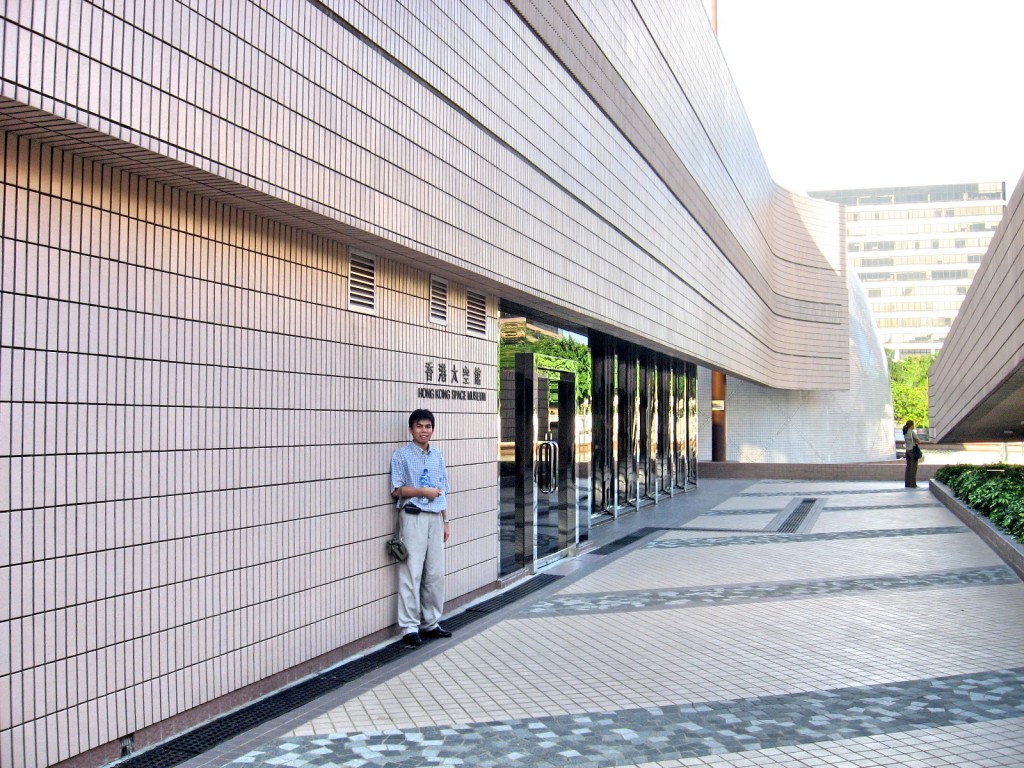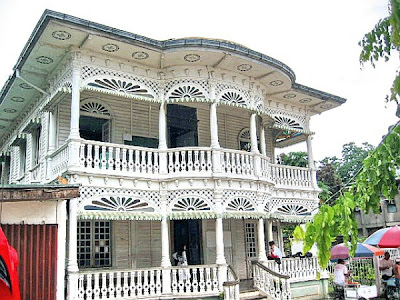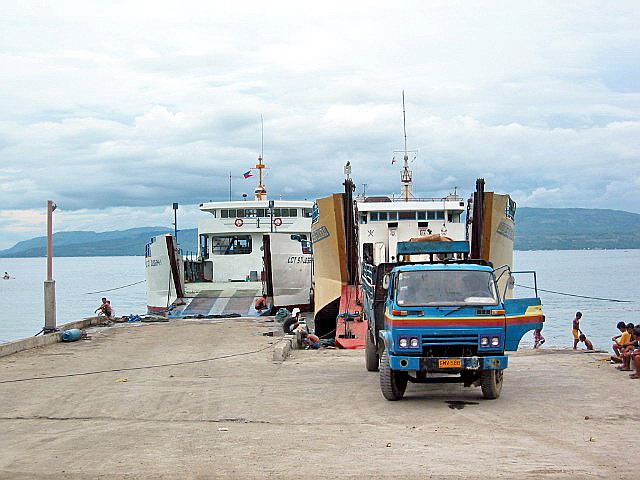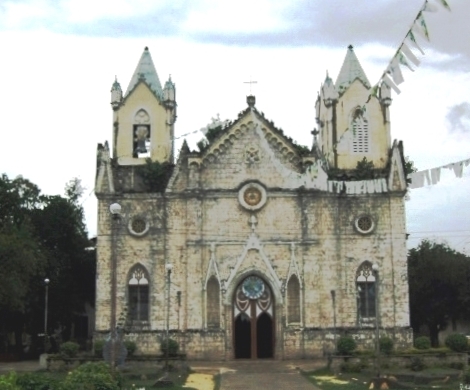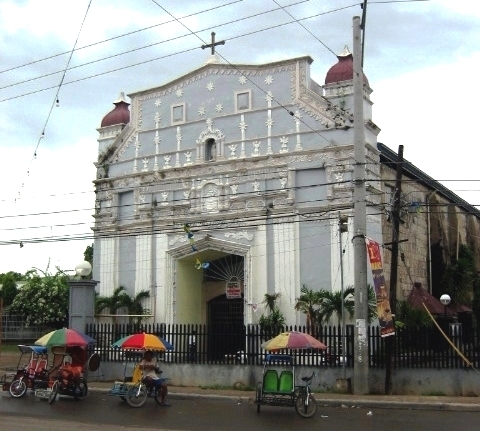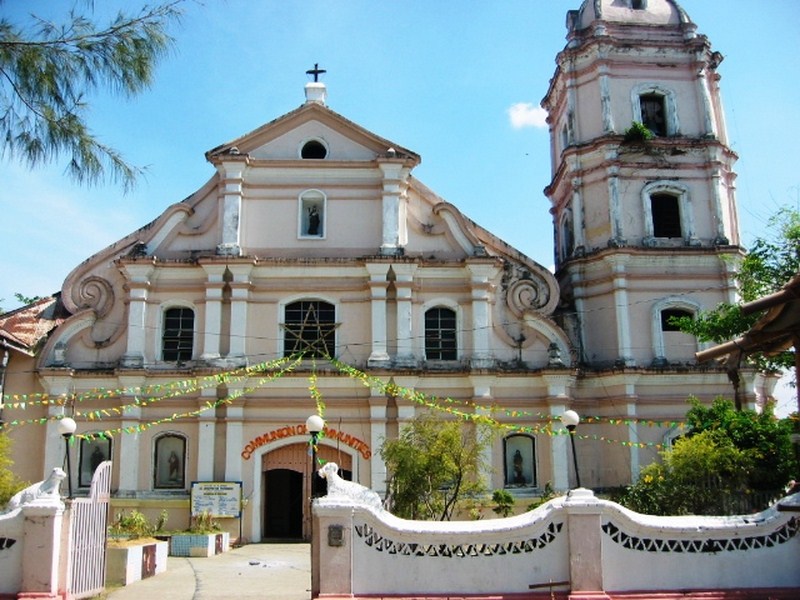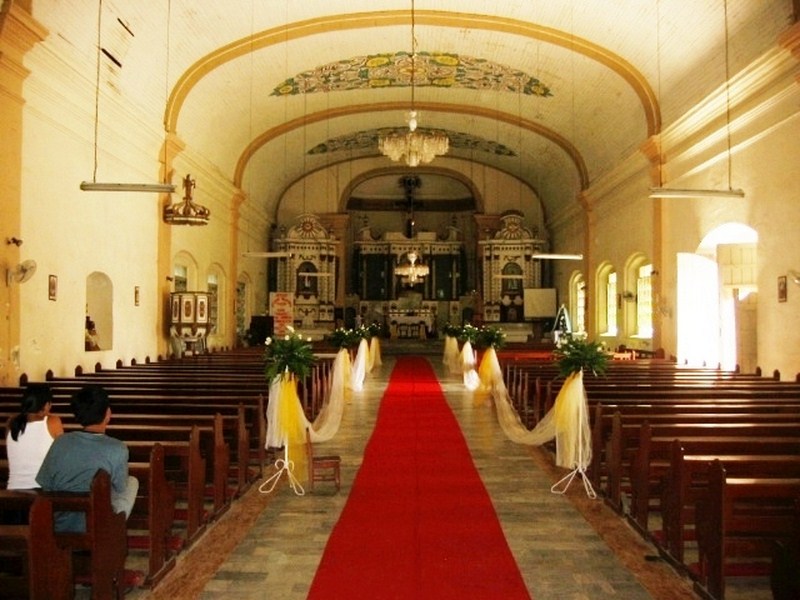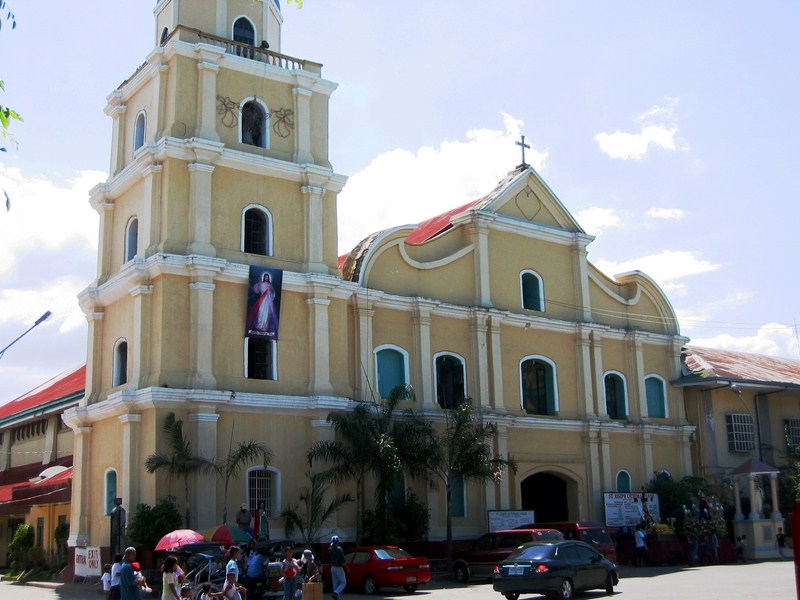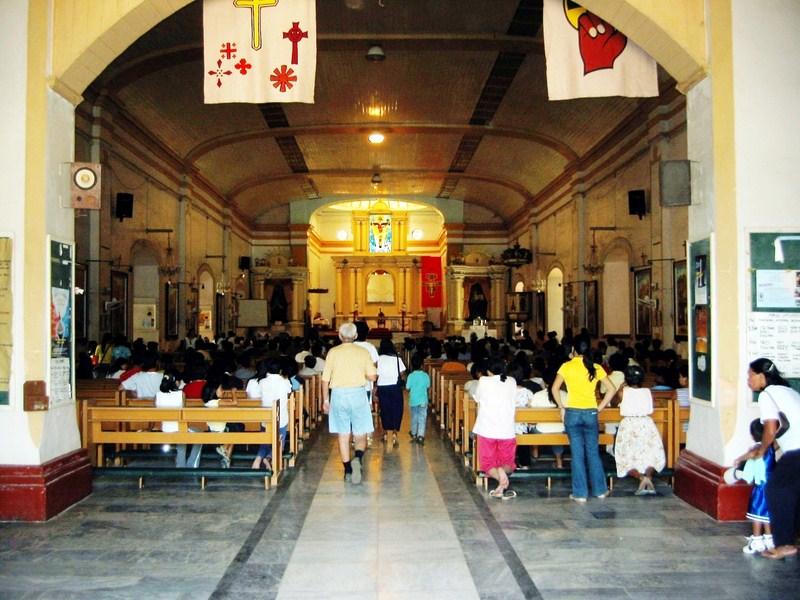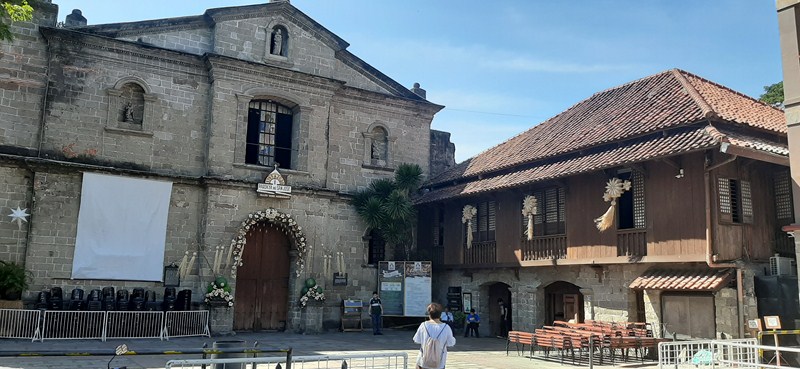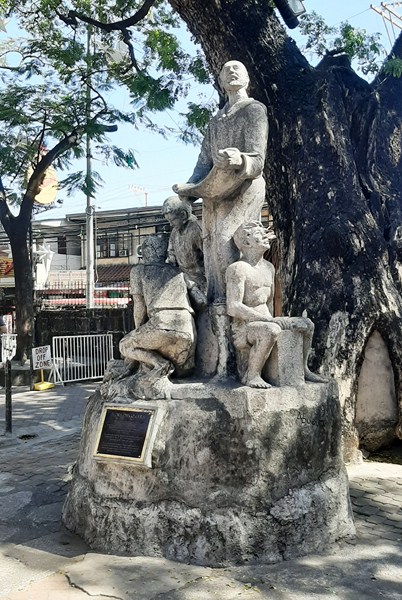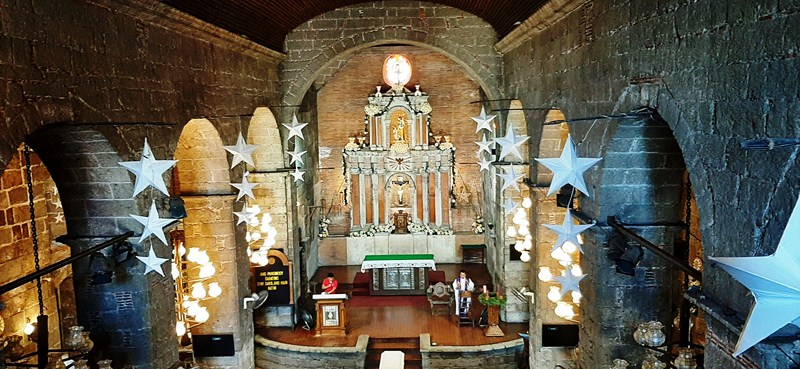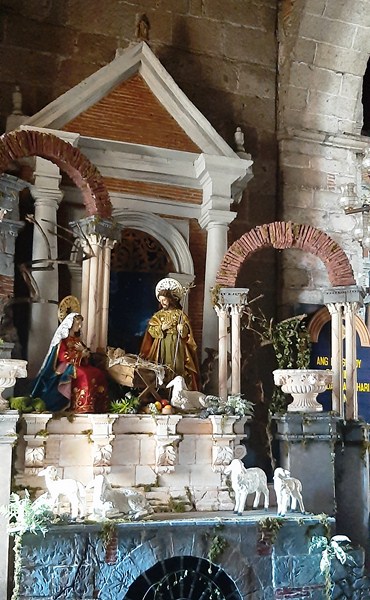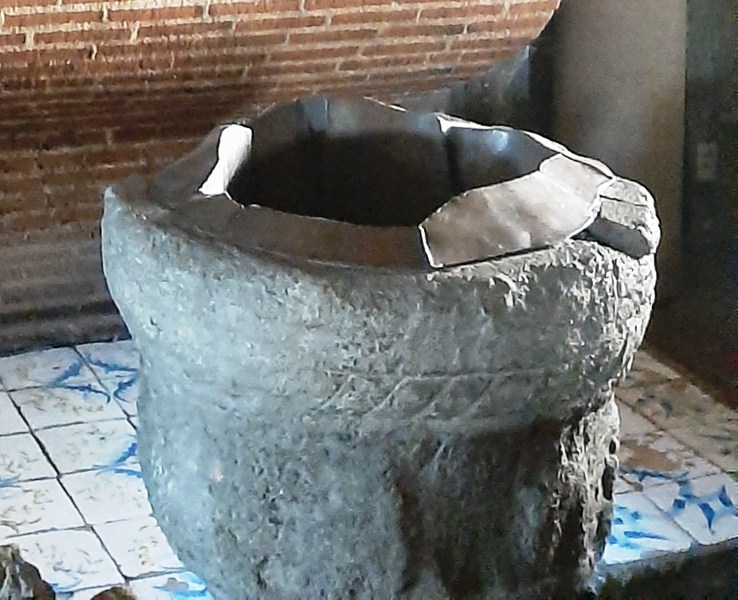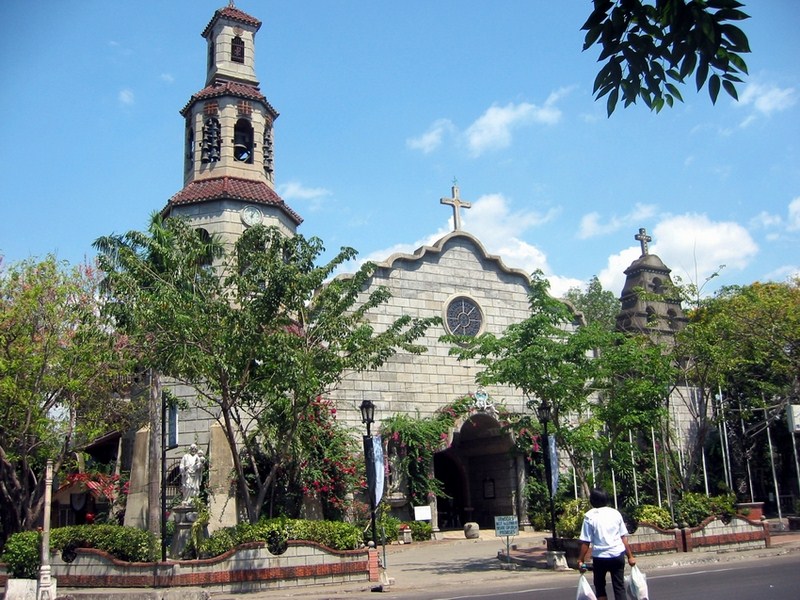From Kowloon Park, Jandy, Cheska and I walked along Canton Road until we reached the red brick and granite, 45-m. high Former Kowloon-Canton Railway Clock Tower, located near Victoria Harbor at the foot of Salisbury Road. Topped by a 7-m. high lightning rod, it is the only remnant of the original site of the former Kowloon Station on the Kowloon-Canton Railway. Built in 1915, it marks the start of the scenic Waterfront Promenade and remains as a photogenic monument to Tsim Sha Tsui’s rail heritage. The tower can be reached by a wooden staircase located within. Another landmark, the Tsim Sha Tsui Ferry Pier, is located nearby.
The Clock Tower reused the clock from the now demolished Pedder Street Clock Tower. However, only one side had a clock, and it was not until 1920 that the remaining three sides of the Clock Tower were installed. They began operation in the afternoon of March 22, 1921, and have run ever since except during the Japanese occupation of Hong Kong during World War II. In 1975, the Kowloon Station was moved to the present-day Hung Hom Station, on the newly reclaimed Hung Hom Bay. The old building of the station was demolished in 1977 but the Clock Tower was preserved. Since July 13, 1990, the tower has been listed as a declared monument in Hong Kong.
Today, the site of the historic railway station is now occupied by the multipurpose Hong Kong Cultural Center, its curving roof and futuristic features creating an unusual background to the Clock Tower. Home to the Hong Kong Philharmonic Orchestra, the center has an oval, 2-tiered 2,019-seat Concert Hall with adjustable acoustic canopy and curtains and finished with high-quality oak. It also houses an 8,000-pipe pipe organ (Asia’s largest, built by the Austrian firm Rieger Orgelbau), a 1,734-seat, 3-tiered Grand Theater for large scale opera, ballet and musicals, a 300-496-seat Studio Theater for smaller-scale theater and performance works, an Exhibition Gallery, 4 foyer exhibition areas and 11 rehearsal and practice rooms.
Flanking the Hong Kong Cultural Center are the Hong Kong Space Museum and the Hong Kong Museum of Art. The Hong Kong Museum of Art, a museum for Chinese cultural heritage, and local and international art in Hong Kong, houses 14,000 art objects, mainly Chinese paintings of historical significance, sculpture and calligraphy works and antique Chinese treasures. The museum also presents a great variety of thematic exhibitions drawn from local and overseas sources. It was first established in the City Hall in 1962 and moved to the present premises in 1991.
The 80,000-sq. m., dome-shaped Hong Kong Space Museum, built in 1980, has 3 sections: the Hall of Space Science, the Hall of Astronomy, and one of the world’s largest and most technical planetariums, the Space Theater, where thrilling wide-screen Omnimax and Skyshows are presented.
How to Get There: From MTR Tsim Sha Tsui Station Exit E, walk towards Salisbury Road, turn right, take pedestrian next to YMCA to Hong Kong Cultural Centre. Then turn right and walk straight ahead towards the waterfront. Take Star Ferry from Central or Wan Chai and follow the signs. The Clock Tower is located next to the Tsim Sha Tsui Star Ferry Pier.

